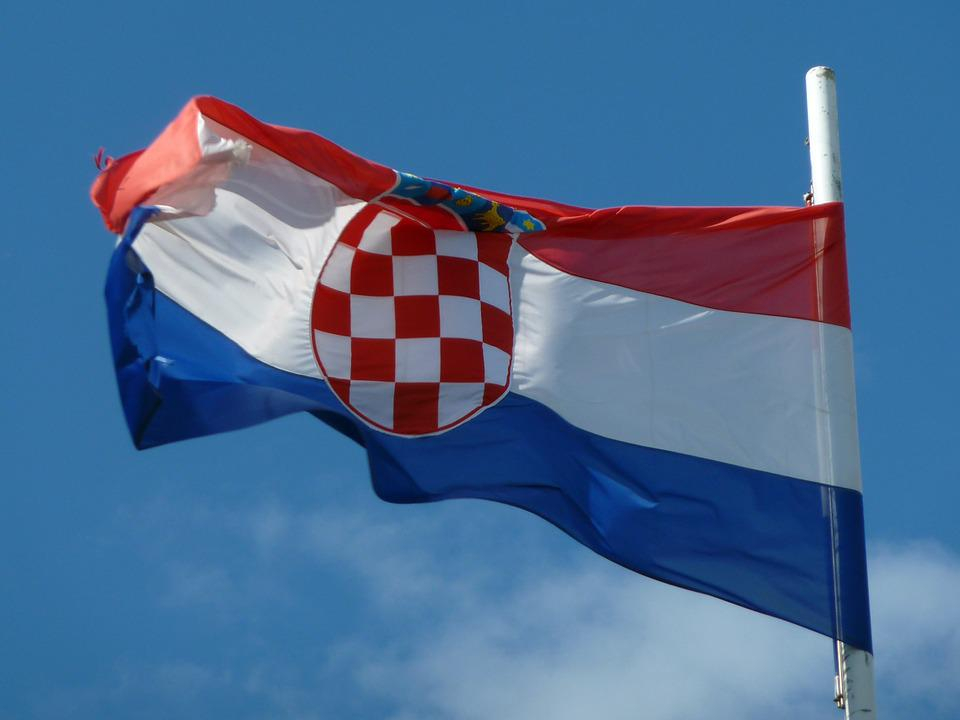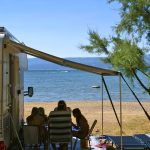As Poslovni Dnevnik/Darko Bicak writes, to speak more specifically, the move regards the decision to build the Zlobin – Bosiljevo gas pipeline and increase the capacity of the LNG terminal on the island of Krk to 6.1 billion cubic metres of gas per year, with the total value of the investment reaching 180 million euros.
European Union money
As pointed out by the Minister of Economy and Sustainable Development Davor Filipovic, this is a strategic decision because it doubles the capacity of the LNG terminal on the island of Krk, and the construction of a new gas pipeline is underway.
“We’re doing this in order to strengthen the security of gas supply across Croatia, as well as to position ourselves as a leade when talking about energy in this part of Europe. The total value of the investment stands at 180 million euros, of which 25 million euros will be invested in the expansion of LNG terminal’s capacity, and 155 million euros in the expansion of the gas pipeline network,” said Filipovic.
He added that European Union money will be used as much as possible in order to finance the investment, with the support of course from the state budget. Prime Minister Andrej Plenkovic also pointed out that this is a strategic and important decision for energy security and for the supply of gas to Croatia, apostrophising the importance of Plinacro’s role, as well as the use of measures from the REPowerEU plan.
He assessed that Croatia is grafually becoming a regional energy hub when it comes to the high-quality use of terminals for liquefied natural gas. As an interesting fact, he singled out Germany, which doesn’t yet have an LNG terminal of its own, and two such terminals, which should be built by 2024, will together have a capacity of 13 billion cubic metres of gas per year.
As Plenkovic himself stated, this means that one of Croatia’s terminals is practically half of the capacity of Germany. The national energy efficiency action plan is extremely important in the context of the response to the current energy crisis and European efforts to reduce dependence on Russian gas following sanctions placed against the country for the invasion of Ukraine.
As explained by Minister Filipovic, in the period from 2014 to 2020, a decline in primary energy consumption was observed across the Republic of Croatia, as was a constant increase in final energy consumption. Such a trend was explained by the penetration of renewable energy sources and the improvement of the efficiency of production facilities in the production/transformation sector of energy, while in terms of immediate consumption, the effect of the implementation of energy efficiency measures could not neutralise the effect of economic trends and the increase in general consumption.
Back in pandemic-dominated 2020, Croatia achieved 18.7 percent lower primary energy consumption (364.6 PJ), i.e. 7.5 percent lower immediate energy consumption (269.5 PJ) compared to the target.
“The backbone of this plan is the provision of financial incentives for the energy renovation of buildings, especially residential ones, both from European Union sources and from the Environmental Protection and Energy Efficiency Fund,” said Filipovic.
This plan will also be co-financed and implemented by European Union funds as well as the funds from various financial institutions. In addition to measures aimed at individual sectors and segments of energy consumption, the plan foresees the continuation of implementation of supporting measures, such as energy efficiency planning obligations at the local and regional level, energy audits, not to mention the energy certification of buildings and the proper promotion of energy services.
For more, make sure to check out our dedicated lifestyle section.









